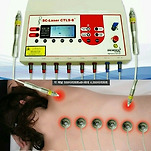게시글 본문내용
|
|
다음검색
출처: 건강한 물리치료사 원문보기 글쓴이: 송창현
댓글
검색 옵션 선택상자
댓글내용선택됨
옵션 더 보기
